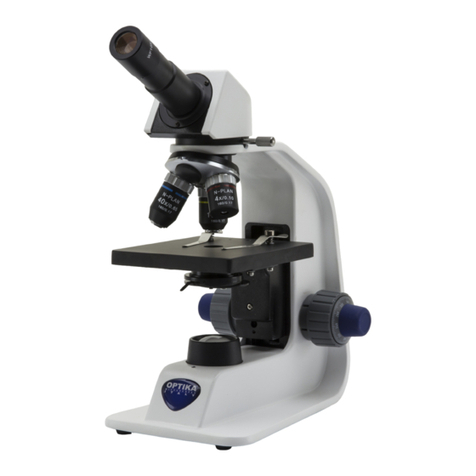Optika Italy B-380 Series User manual
Other Optika Italy Microscope manuals
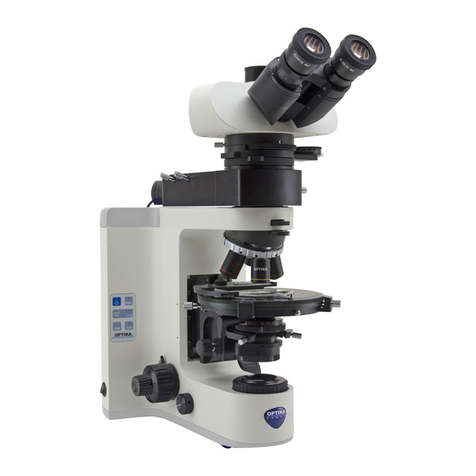
Optika Italy
Optika Italy B-1000 Series User manual
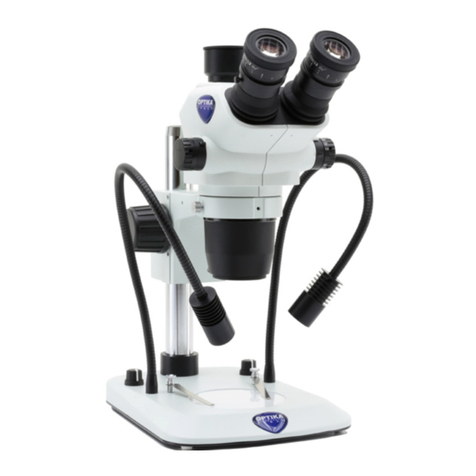
Optika Italy
Optika Italy SZ Series User manual
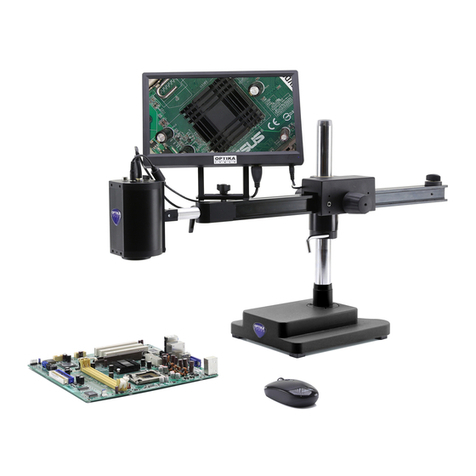
Optika Italy
Optika Italy INSPECTION SYSTEMS Series User manual
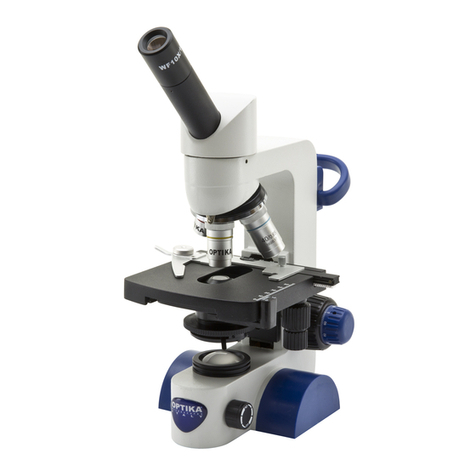
Optika Italy
Optika Italy B-60 Series User manual

Optika Italy
Optika Italy B-1000FL-HBO User manual
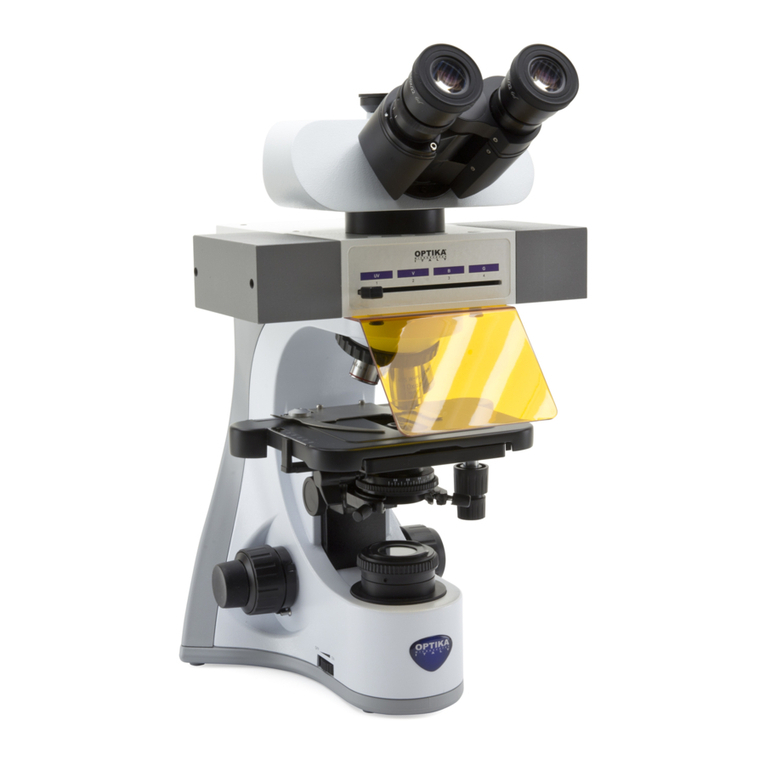
Optika Italy
Optika Italy B-510 Series User manual
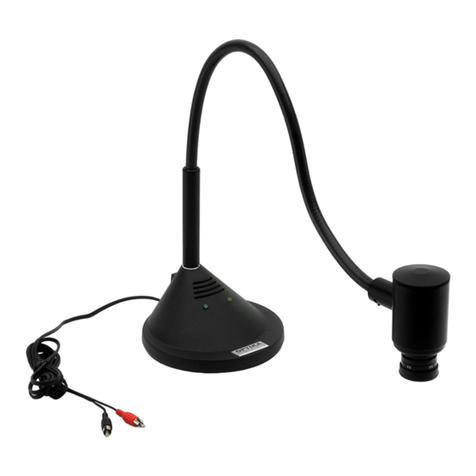
Optika Italy
Optika Italy OPTIKAM EC2 User manual

Optika Italy
Optika Italy B-510 Series User manual
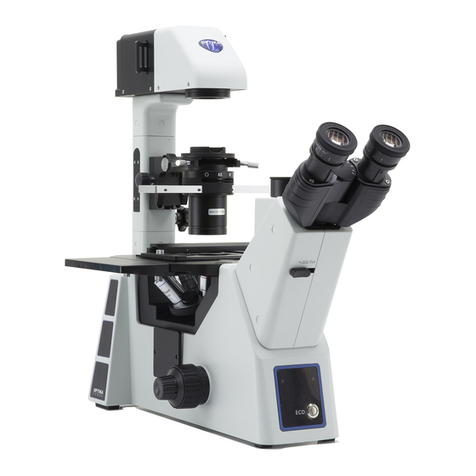
Optika Italy
Optika Italy IM-5 Series User manual
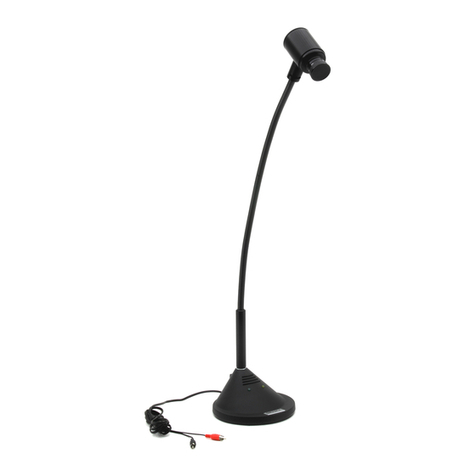
Optika Italy
Optika Italy 4083.2 User manual

Optika Italy
Optika Italy B-190TB Series User manual
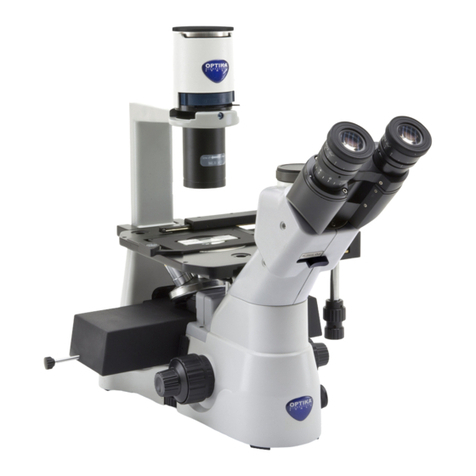
Optika Italy
Optika Italy IM Series User manual
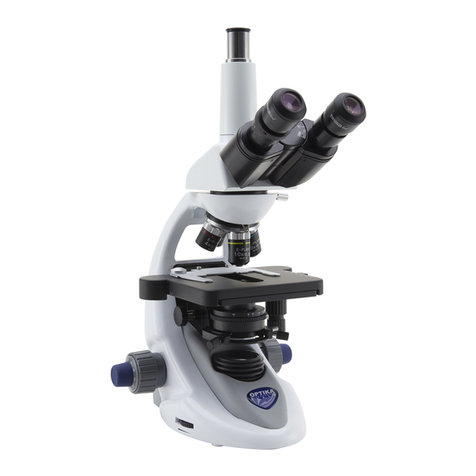
Optika Italy
Optika Italy B-290 Series User manual

Optika Italy
Optika Italy SFX Series User manual
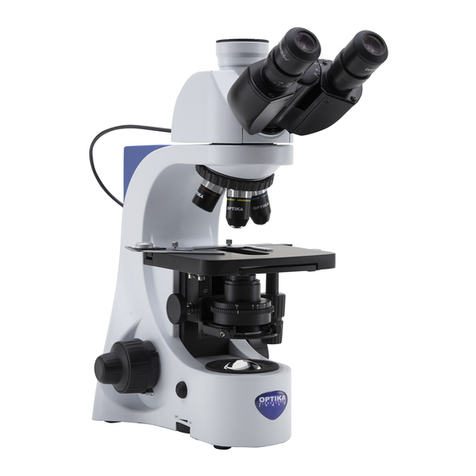
Optika Italy
Optika Italy B-382PL-ALC User manual
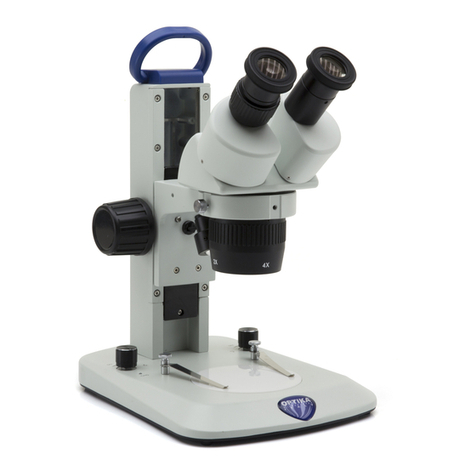
Optika Italy
Optika Italy SLX Series User manual

Optika Italy
Optika Italy B-510 Series User manual

Optika Italy
Optika Italy IM Series User manual

Optika Italy
Optika Italy B-383 Series User manual

Optika Italy
Optika Italy B-510 Series User manual



